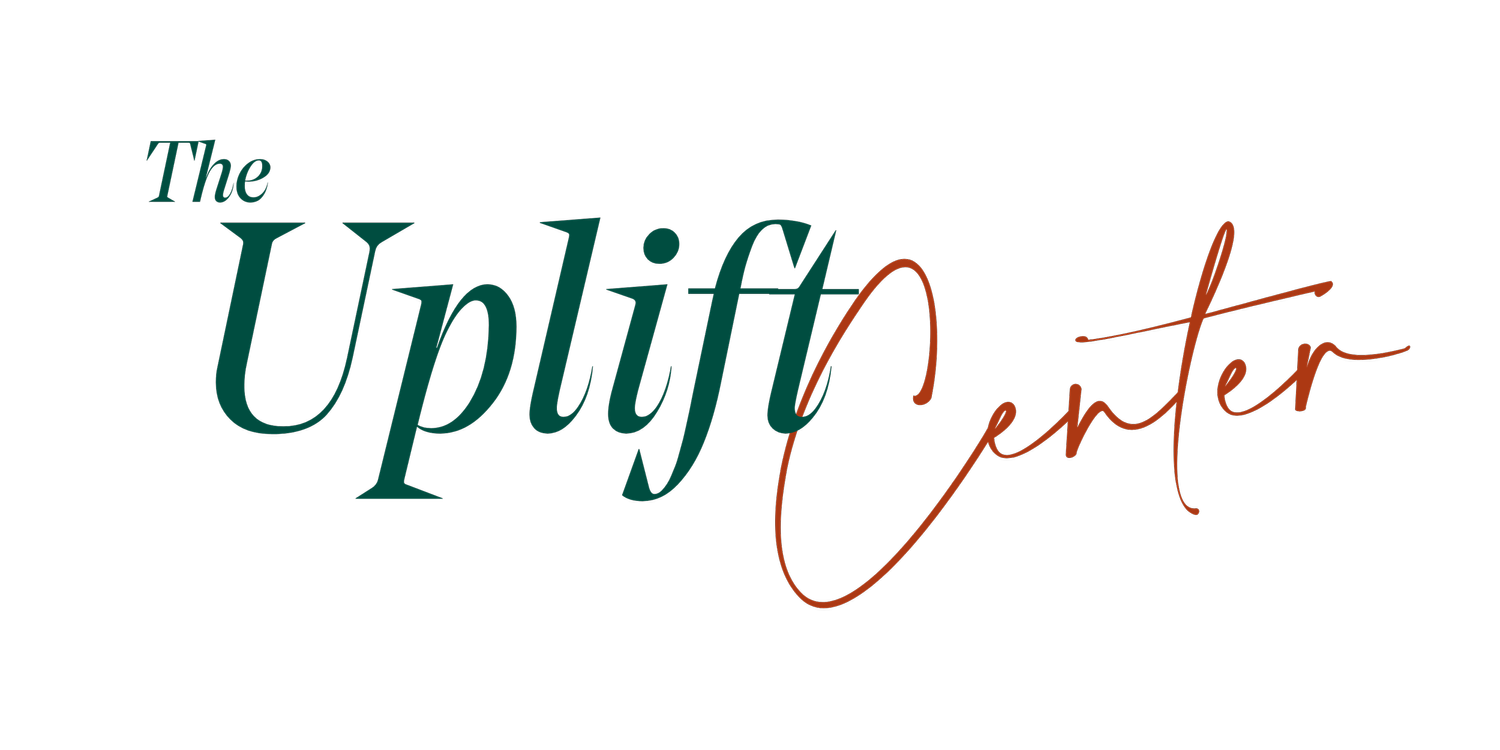3 Myths About Belonging
“Belonging” is more than a trend. It’s a loaded concept-turned-buzzword that’s grown so quickly since the pandemic that we’re now seeing job titles such as “vice president of global diversity, inclusion and belonging.”
Still, the idea of belonging remains just that…an “idea.” While the general population now appreciates that a sense of belonging contributes to both mental and physical health, as well as productivity, purpose and engagement within our respective communities, few researchers have managed to quantify and tangibly problem-solve for how to repeatedly, sustainably build it.
Most leaders can attest that lack of engagement is a problem–engagement with our purpose, our families, communities and work. As a professional speaker and social wellness facilitator, I believe that cultivating a meaningful sense of belonging is the solution to low engagement. As I continuously explore accessible solutions to tackling the loneliness epidemic through the lens of “How do we proactively create belonging, any time, anywhere?” I’ve uncovered several common myths about belonging that hold us back from authentic connection. Here are 3 of the most common:
Myth: “Belonging ‘just happens’ organically over time; we either feel it, or we don’t.”
Like other valuable human experiences, we can only achieve a sense of belonging under the proper conditions–which are in our control, rather than accidental. When the conditions for belonging are ripe, engagement naturally arises. What do the “conditions” for belonging look like? It all comes down to strategic organization of consistency in gatherings–whether that’s a personal meditation practice with yourself every morning, a 1:1 weekly check in with your boss or a monthly team-building activity with your staff. Humans are positively drawn toward pattern and repetition. Through repetition, we unlock insight and subsequently, safety–essential for the cultivation of belonging.Myth: “The opposite of belonging is loneliness.”
Plot twist! The opposite of belonging isn’t loneliness, but rather, estrangement. The difference is subtle, but distinct. Loneliness is the experience of being sad as a direct result of the lack of meaningful contact or connection with others. Estrangement, on the other hand, is associated with a feeling of “not fitting in.” In other words, you could be estranged from yourself if you feel disconnected from your purpose, or you could feel estranged from your coworkers due to lack of inclusion in conversations. Estrangement is the nuanced experience of feeling like you’re in the wrong place with the wrong people at the wrong time. This is good news, because resolving estrangement is more practical than personal–(i.e. setting up conditions for inclusion through consistency in gatherings, infusing playfulness into those gatherings, and ensuring all voices are heard.)Myth: “Belonging is a human-to-human problem.”
When we think of the word “belonging,” we often consider it in reference to another person or group. But, as the saying goes, “How we do anything is how we do everything.” When we’re not practicing belonging with ourselves or with nature, we struggle to belong with others. However, when we deepen our respect for our inherent interconnectivity to the environment, that sense of integrity and wholeness will trickle into our relationships with more ease. So, what does “respecting our connection to nature” look like?
Sleeping at night and working during the day. (Heads up night owls: screen time between 11pm-4am has been shown to generate feelings of depression.)
Eating with the seasons. (During cold winter months, our bodies crave grounding foods like root vegetables and grains. Sticking to cold salads and iced coffee in Winter can lead to anxiety and irritability–not great for healthy relationships!)
Early morning sunlight boosts our mood (oh hey, serotonin!) and promotes more productive, restful sleep.
When we approach the daunting notion of “building belonging” with curiosity rather than bewilderment, the experience can be a joyful exploration of holistic integration. Instead of tackling the task from a place of “otherness,” (ex: ‘How do I fit in better with others’?), ask yourself, “What is the quality and consistency of my interactions with myself, my people, and my environment, and where do these relationships intersect?” From this more practical place, we can deepen our personal sense of belonging with more levity, strategy, and collaboration, and in turn, help those around us feel like they belong, too.


